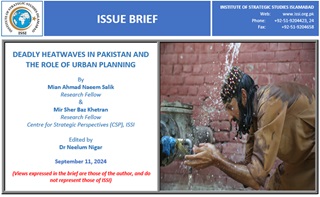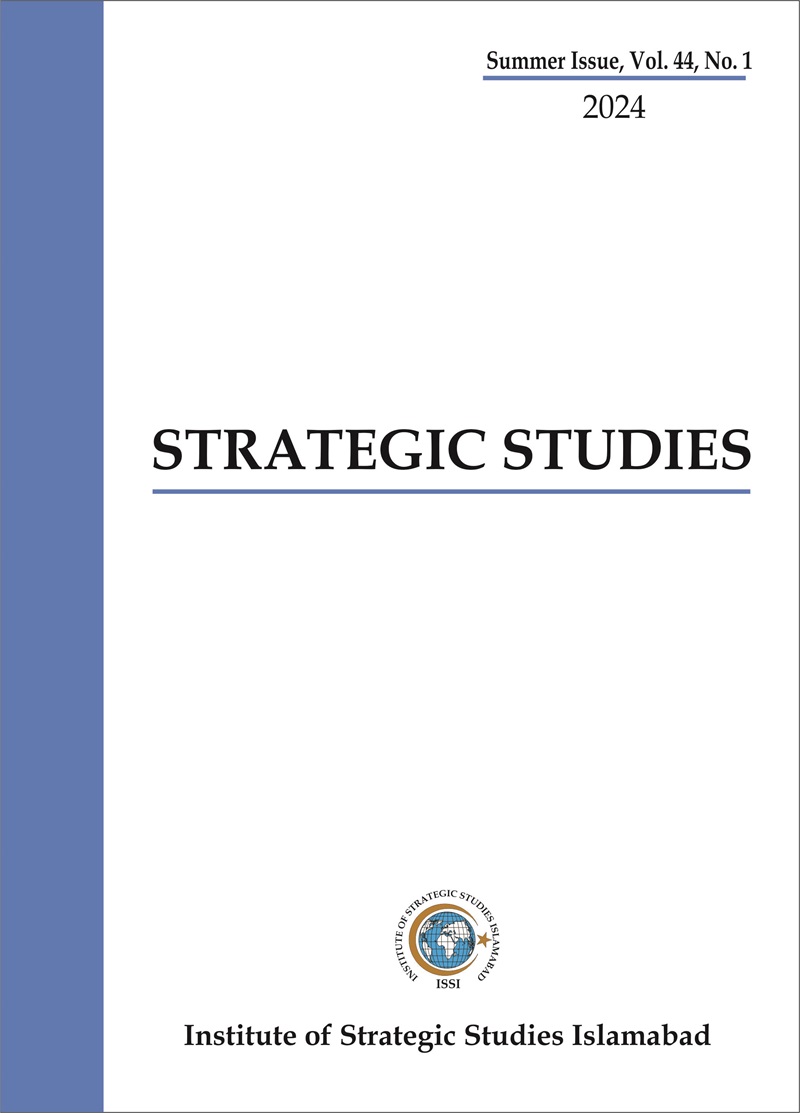Introduction
Pakistan’s increasing vulnerability to heatwaves can be ascribed to its geographical location and the mounting consequences of climate change. The country’s expanding urbanization presents issues, but it also provides opportunity to address this phenomenon. Environmentally, heatwaves intensify the Urban Heat Island (UHI) effect, making cities significantly hotter than rural areas due to heat-retaining structures like buildings and roads. This exacerbates water scarcity by increasing evaporation rates in already water-stressed regions. The World Bank Report titled, “Urban Heat in South Asia: Integrating People and Place in Adapting to Rising Temperatures,” emphasizes that South Asia, especially Pakistan, is highly vulnerable to excessive temperatures.[1]
Heatwaves in Pakistan have become more common and severe, particularly in metropolitan areas where the UHI effect is evident. However, most Pakistani cities are unprepared to deal with the soaring frequency, intensity, and complexity of heatwaves. Rapid and sometimes unplanned development has resulted in inadequate infrastructure, a lack of green space, and poor living conditions, all of which enhance the impact of heatwaves. Cities such as Karachi, Lahore, and Islamabad are particularly vulnerable because of their high population density and poor urban design. Heatwaves in Pakistan, particularly in urban areas, have resulted in thousands of deaths, with vulnerable populations such as the elderly, children, outdoor workers, and those with chronic illnesses being most at risk. The 2015 heatwave in Karachi alone claimed over 1,200 lives.[2]















